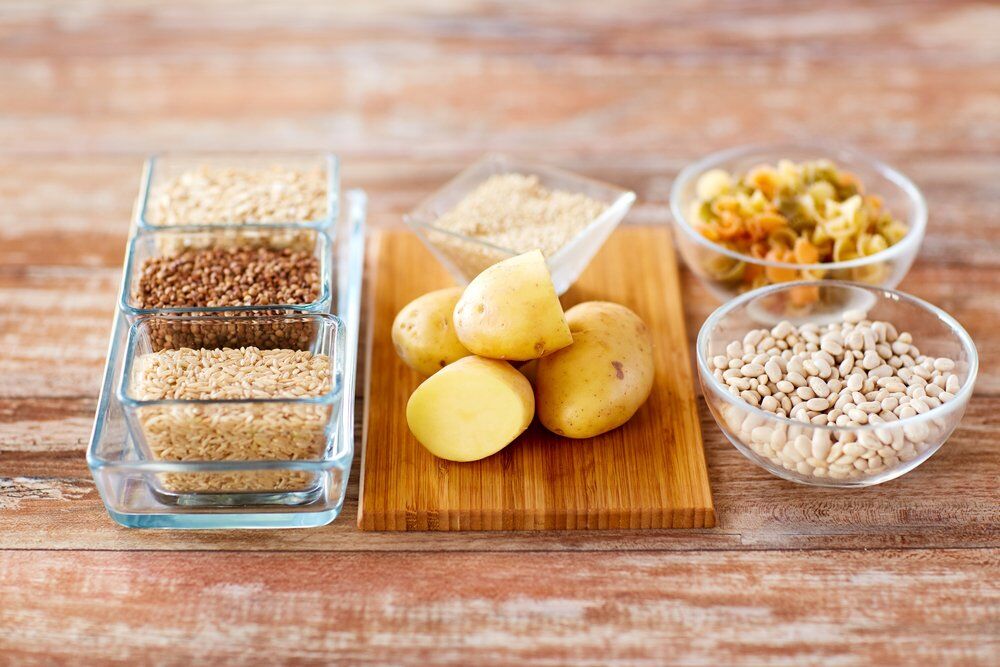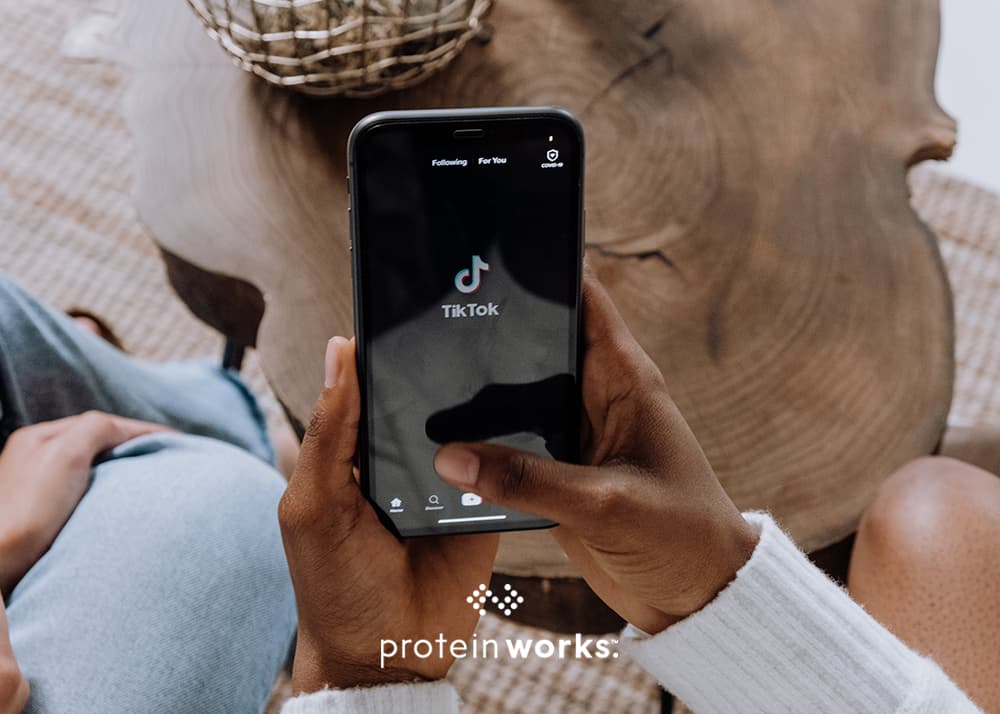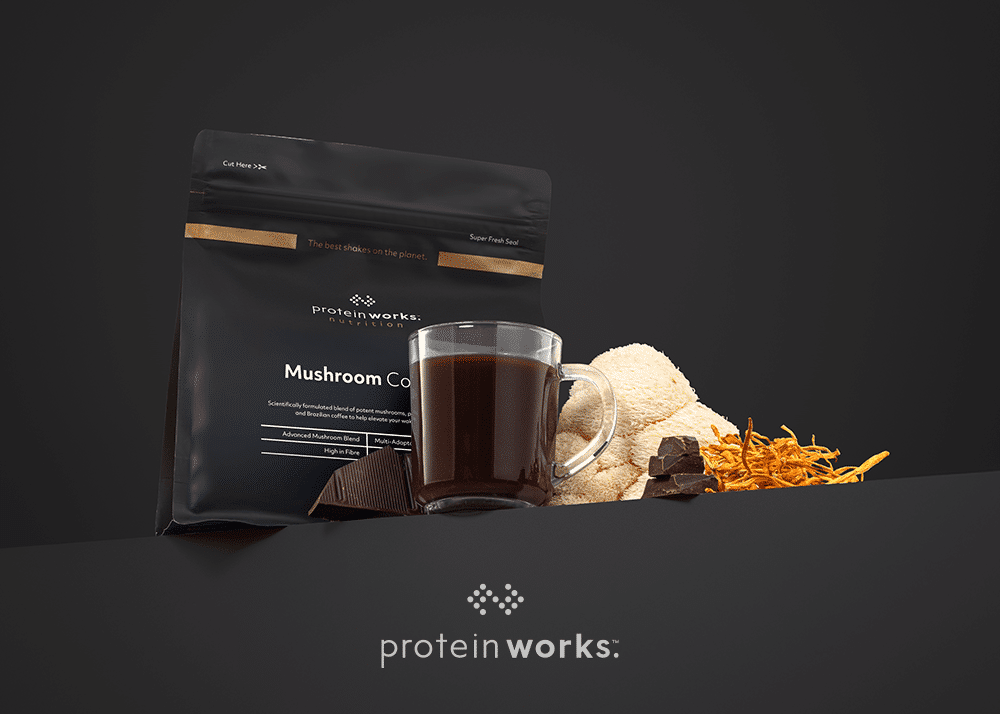
Restrictive Dieting: Why It Won’t Work
Restrictive dieting is eating a very small amount of food daily in order to lose weight and is something that is quite common. Hopefully this article will help you understand why it won’t work, and get you thinking about what you can do to start achieving your goals.
The first thing you need to know is that whenever you eat something, it produces what’s known as an insulin response. Consuming food increases your blood sugar and Insulin is released by the pancreas to regulate blood sugar levels and ensure it doesn’t reach a dangerous high.
For the sake of this example, imagine you have a thermometer that displays your blood sugar level rather than temperature.
Our blood sugar and insulin levels dictate two basic hormonal states that the human body can be in.
Firstly, anabolism is achieved when in an optimal blood sugar range and is represented by a positive reading on your thermometer.
It is associated with feeling well nourished, energised, having good levels of anabolic hormones and many more positive points. Most importantly, during anabolism any kind of physical adaptation is possible e.g. fat loss, muscle gain.
Secondly, catabolism is a below optimal blood sugar range represented by a negative reading on your thermometer.
It is associated with an increase in stress hormones, acute hunger, sugar cravings, fat storage and many more negative points. Physical adaptation is compromised in this state.
Fat storage is prioritised by the body during catabolism because the body detects low blood sugar levels as an indicator that you’re not eating enough, and will start storing what you do eat as fat because it wants to be prepared if you don’t take in enough energy again. Think of catabolism as a “survival mode” for your body. In the modern day where the vast majority of people work long hours and don’t eat nearly as much as their bodies need to run efficiently, this goes some way toward explaining the “skinny fat” body type.
Let’s say someone wants to lose weight and starts a restrictive diet. They skip breakfast and eat two small meals over the rest of their day. Assume that their blood sugar starts at 0 on the thermometer when they wake up. All the time they’re not eating, their blood sugar is slowly depleting into negative figures, pushing you into a catabolic state. When they do eventually eat, they experience a small spike in blood sugar, maybe slightly climbing into anabolism, before slipping back into catabolism when insulin kicks in and lowers blood sugar levels. This pattern carries on for the rest of the day. They have spent most of their time in a catabolic state. This, compounded over a period of 4-6 weeks or however long they keep it up for, results in no significant changes in their body. They get frustrated and return to old habits.
Now let’s look at someone who is methodically getting lean. Again we’ll assume their blood sugar starts at 0 on the thermometer when they wake up. They eat breakfast and eat 3 more good sized meals throughout the day. As soon as they eat breakfast, they break into positive figures on their thermometer. Insulin kicks in and before blood sugar levels dip as far as 0 they’re eating again. They spend the whole day in an anabolic state. They have also made a calculated deficit of 100 calories while still staying in an anabolic state. Compound this over 4-6 weeks and the individual is looking leaner and still feeling very healthy. They are now more motivated than ever to carry on.
Those of you who may be wondering why you look thinner while on a restrictive diet, that would be because you are dropping fluids and that your body is using its own muscles as fuel. When you don’t give your body enough fuel from food, it is literally going to start eating away at itself. This also explains why the number on the scale might go down during a restrictive diet. You may think that it’s working for you, but it’s actually just water and muscle you’re losing. Once you start eating more again you will most likely go back to what you looked like before starting the diet, and you’ll have less muscle.
Restrictive dieters, understand that food is essential for hormonal response and therefore anabolism. The first priority for anyone who wishes to make some kind of adaptation is to concentrate on maximising their time in an anabolic state. A good way to start doing this is by hitting 4 good meals a day. Once you can do this consistently, you can start looking at your caloric intake and introduce a calculated deficit or excess to get lean or grow. Fail to regulate your diet however, and physical adaptation is pretty much out the window.
There is of course a lot more to this topic than I have written about, however if I was to delve deeper into the science this would be more of an essay than an article. Articles on related topics coming soon so hopefully they will expand your knowledge and add clarity.
Key takeaway points:
- Food, blood sugar and insulin response dictate our hormonal state.
- Physical adaptation (fat loss, muscle gain) is possible during anabolism but not during catabolism.
- Prioritise achievement and maintenance of anabolism before considering adaptation.
- Maintain anabolism by eating regularly.
- Restrictive dieting ENCOURAGES fat storage, contrary to popular belief.
Thanks for reading!






No Comments yet!